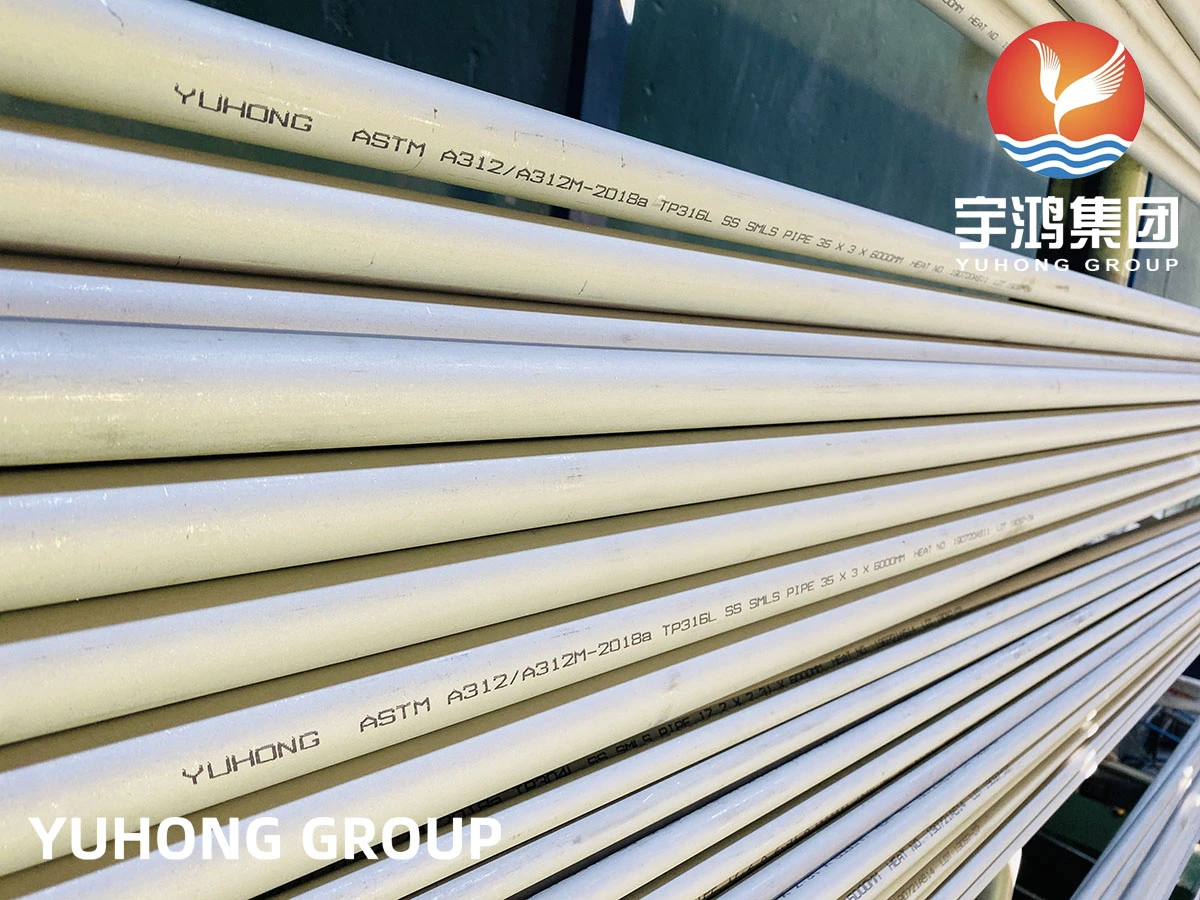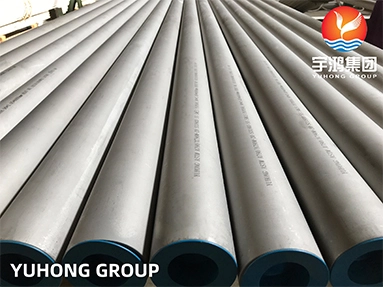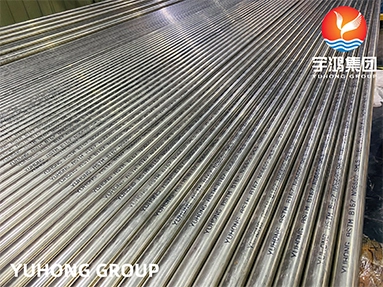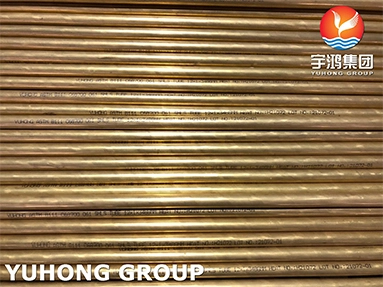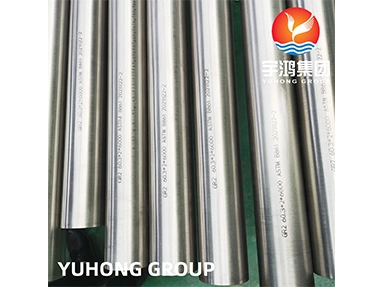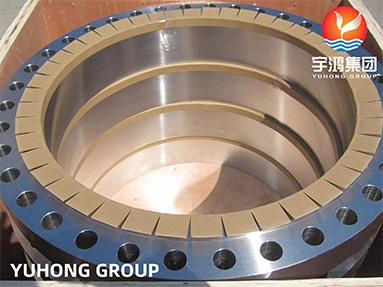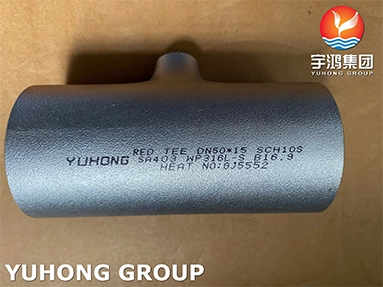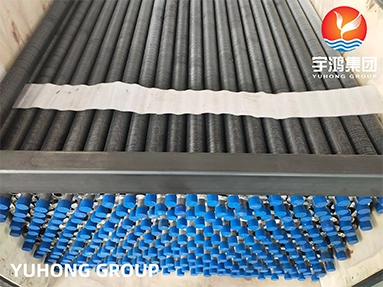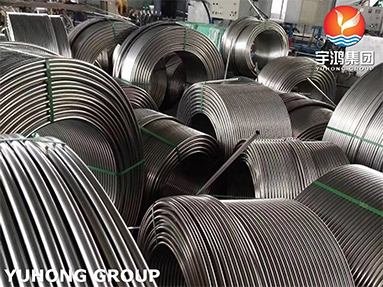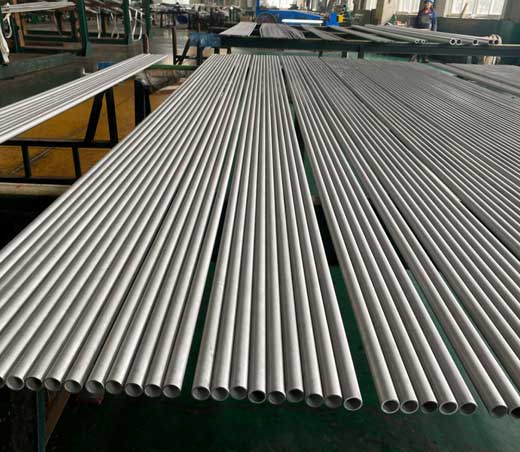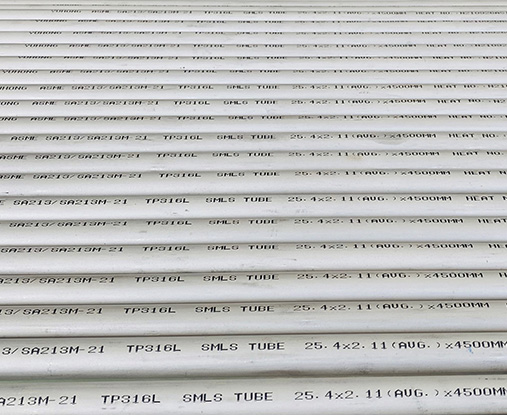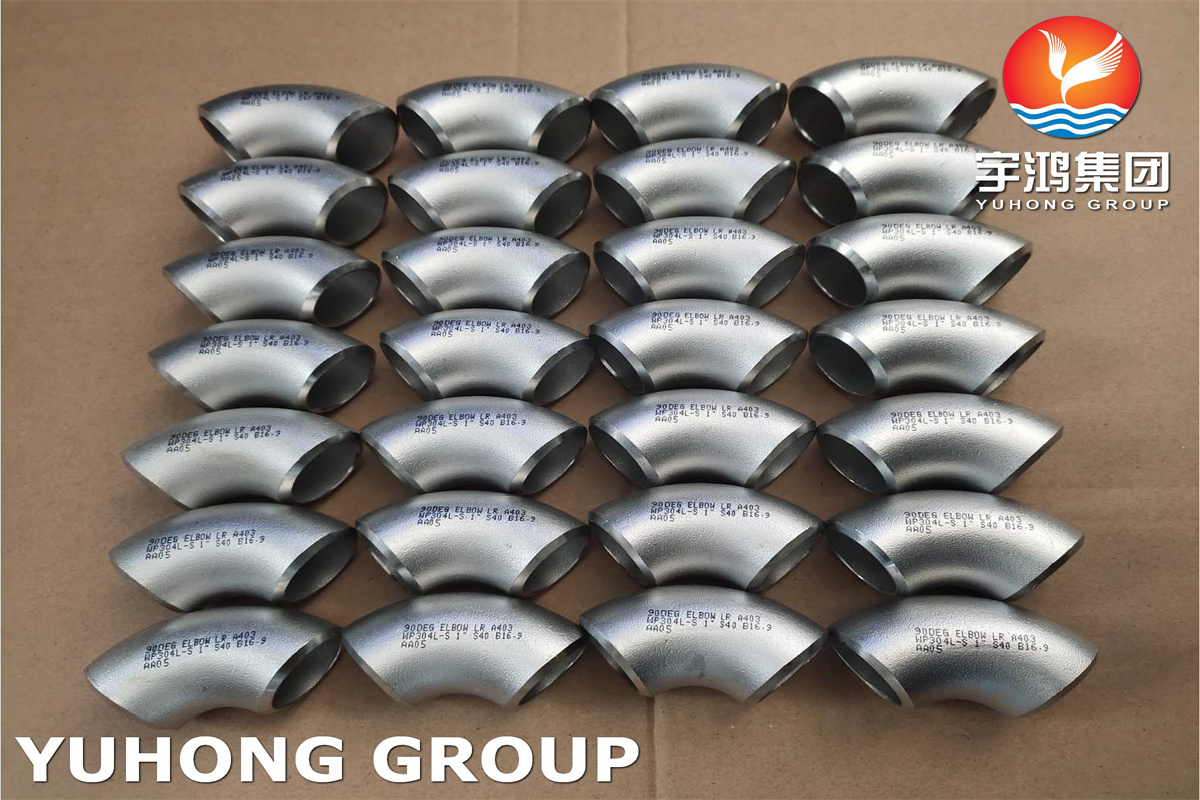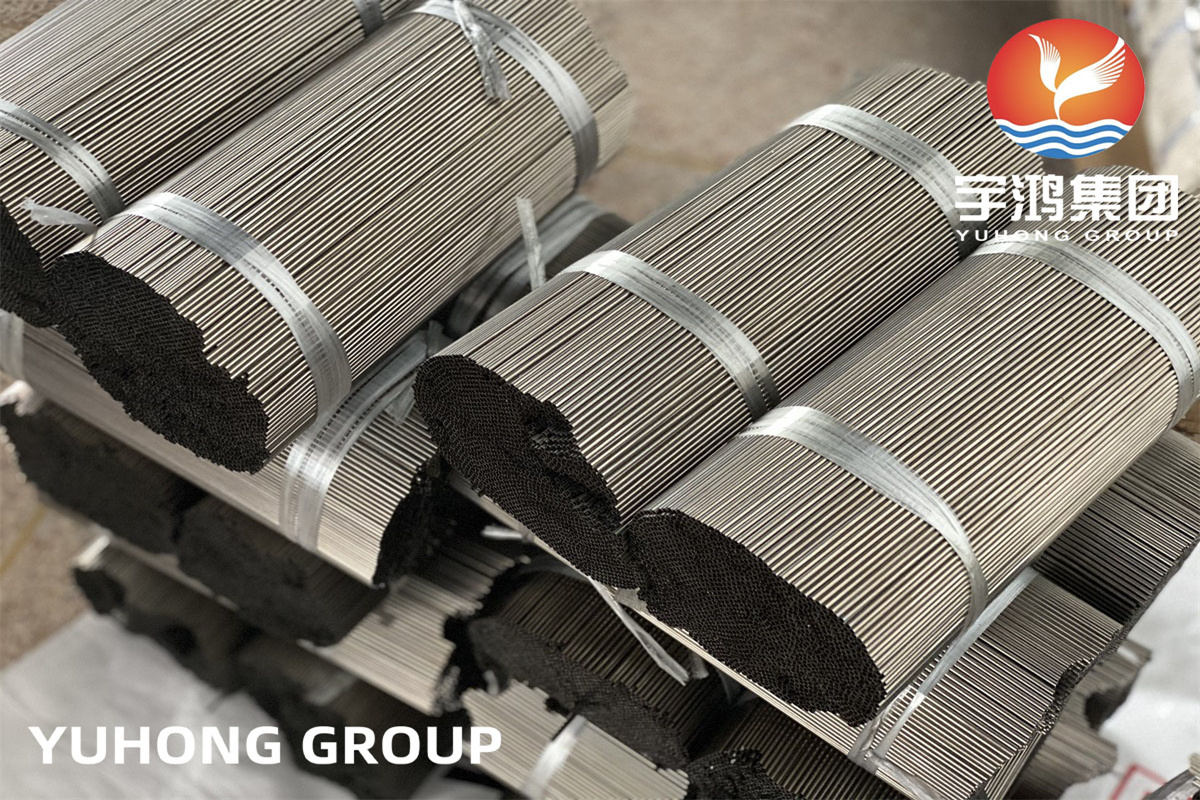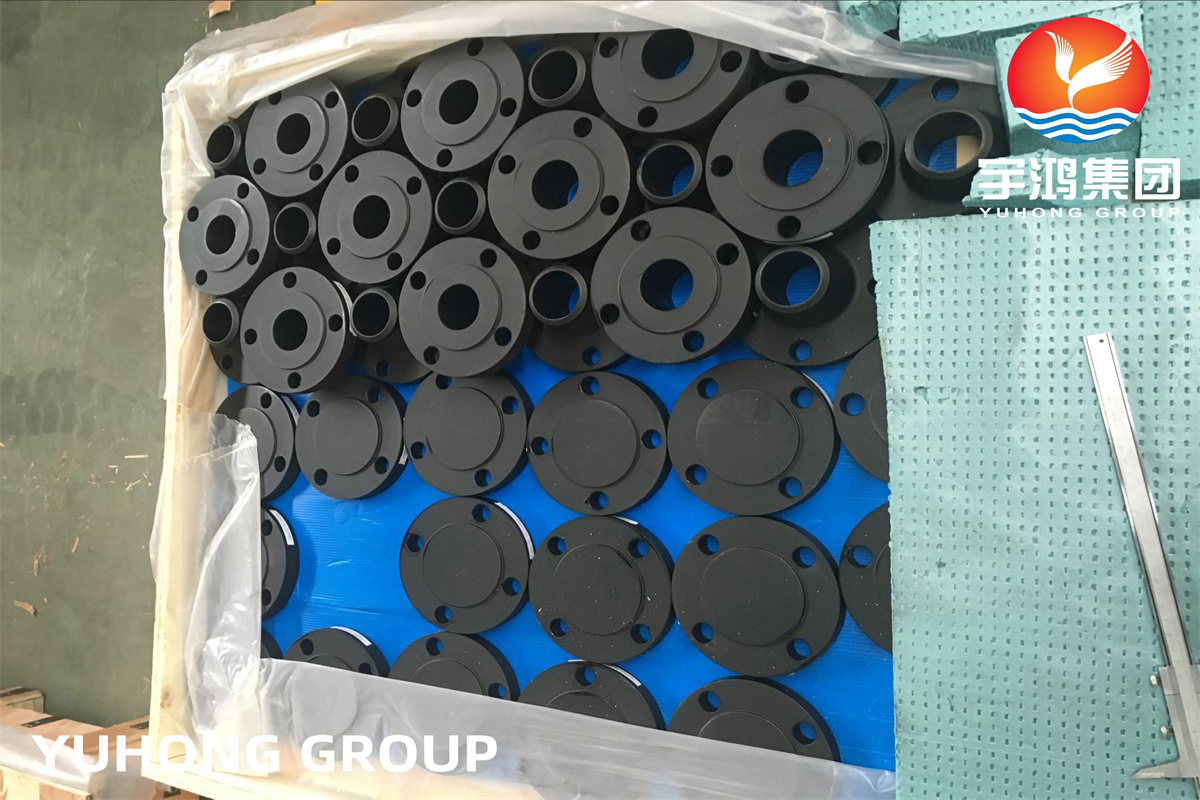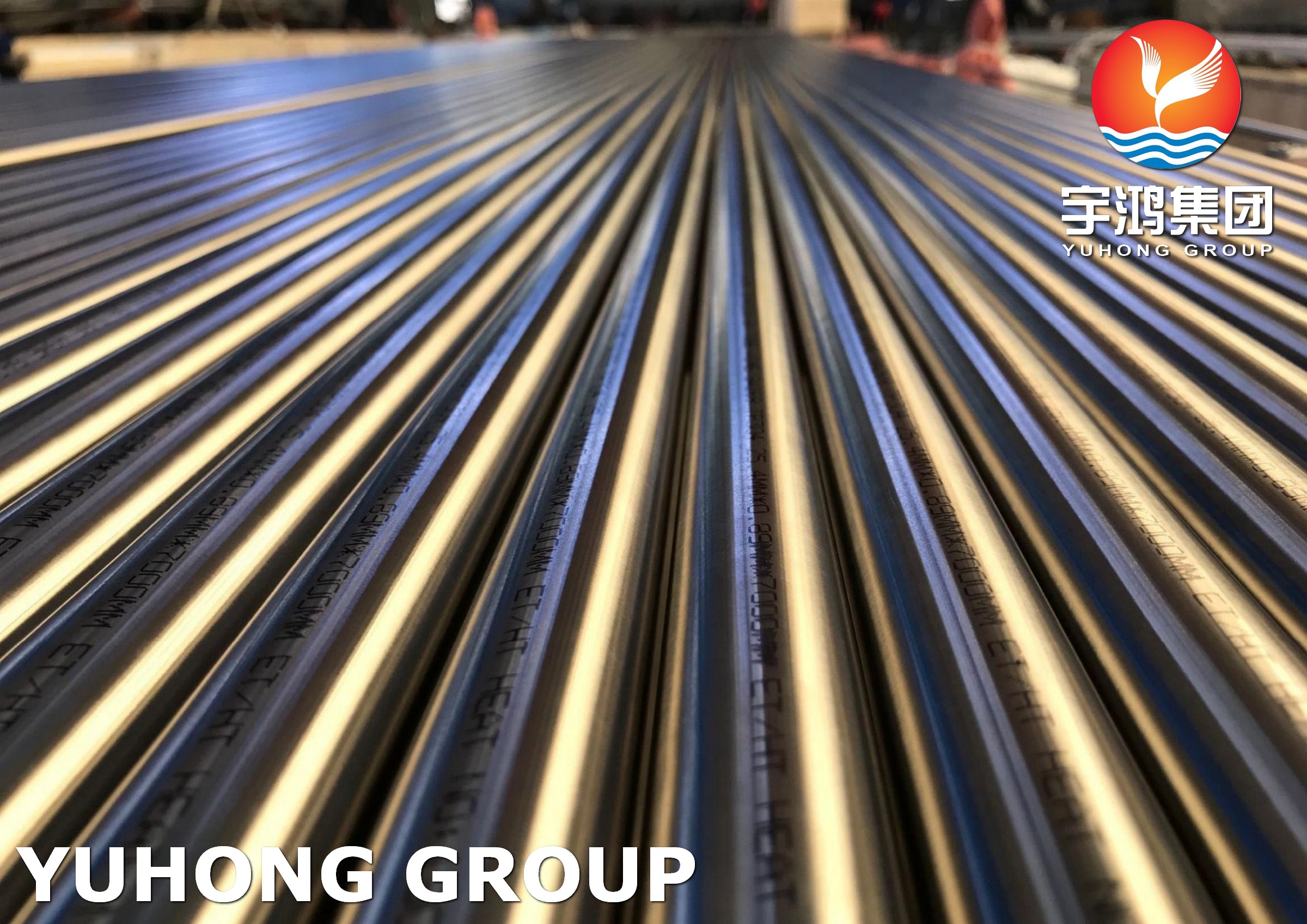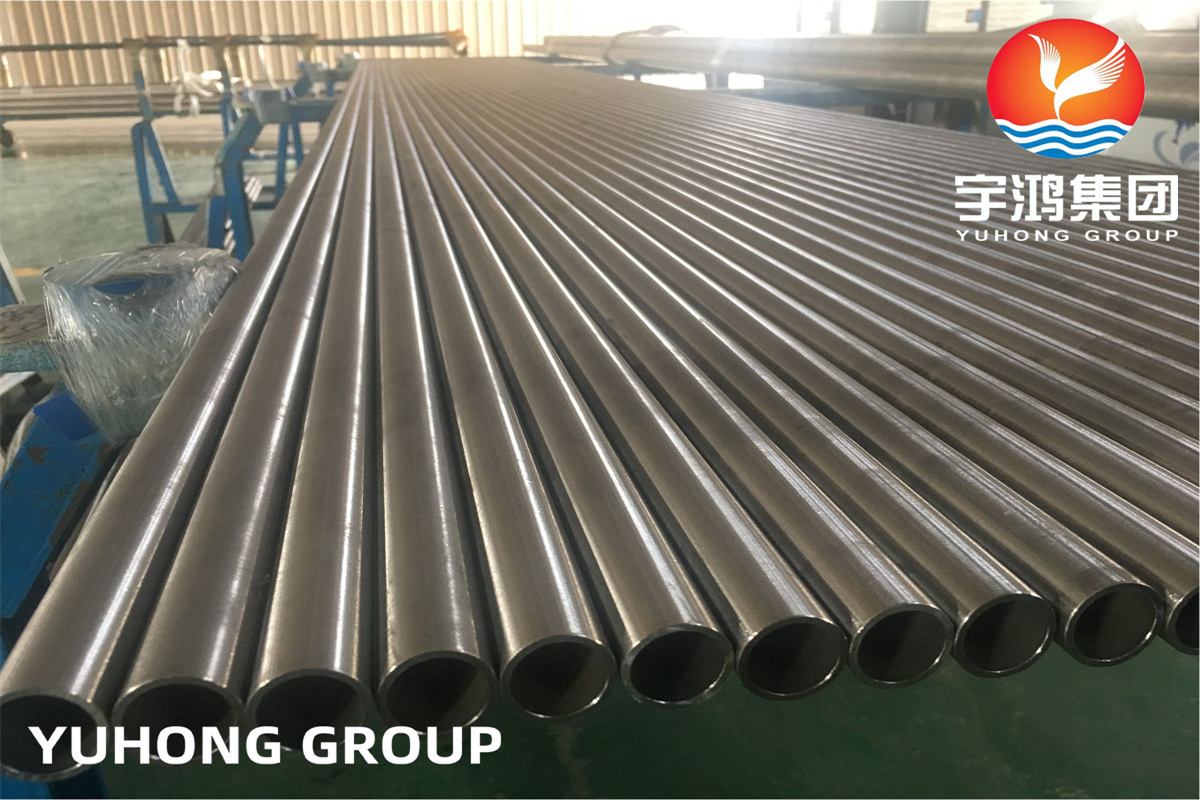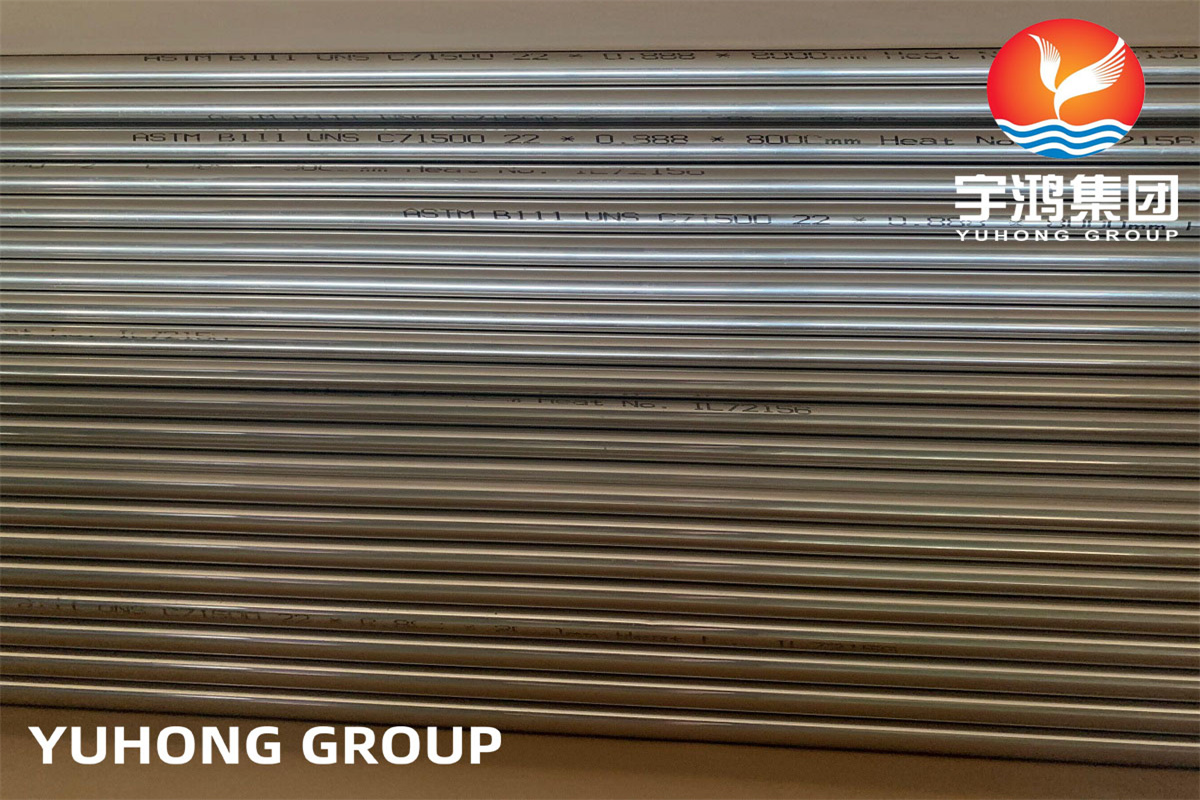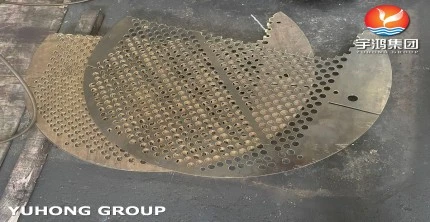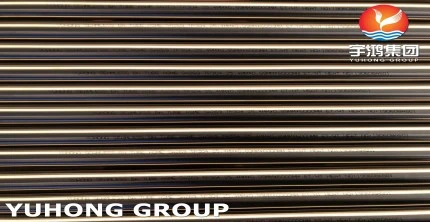The important plant water system uses duplex stainless steel piping, whose function is to send seawater to the condenser and auxiliary cooling water system to cool the steam and equipment. Therefore, analysis of duplex stainless steel weld stress corrosion in subsequent nuclear power plants under construction and operating nuclear power plants to prevent weld stress corrosion has important practical value.
1. Duplex stainless steel flange stress corrosion mechanism
Flange bevel neck base material chemical composition and tensile properties to meet the specified requirements of the material, but the impact performance is low. Duplex stainless steel flange in the neck welding area near the slant neck transition cracking, crack formation location is the stress concentration area. The origin of the crack is on the inner surface of the neck of the counterflange, and there are more corrosion pits near the crack. The crack first occurs in the counterflange diagonal neck, the inner surface of the stress corrosion cracking, and then brittle cracking occurs under the action of larger stresses. Corrosive media containing S, Cl enrichment in the vicinity of the weld seam and the larger stress effect is the main reason for the flange cracking. Therefore, the corrosion and brittle cracking for in-depth analysis, in order to take effective preventive measures against stress corrosion cracking in engineering.
2. Duplex stainless steel flange corrosion mechanism
Corrosion is a chemical process, as the anode of the metal dissolution, while releasing electrons, and these electrons are absorbed by the anodic process, which will lead to continuous dissolution of the metal. The cathodic reaction can be a hydrogen precipitation reaction, an oxygen absorption reaction or other electron absorption process.
The main form of corrosion on duplex steel tubes is pitting or hole corrosion, which is unevenly distributed and highly random. Studies have shown that hole corrosion is preferentially formed on the surface of sensitive passivated metal, sensitive metal surface for the carbide precipitation of grain boundaries, non-metallic inclusions, lattice defects. For different non-metallic inclusions caused by the degree of pitting corrosion is not the same, common inclusions are FeS, MnS and other sulfides, hole corrosion occurs when the need for an induction period, the impact of duplex stainless steel corrosion resistance is an important factor in the stability and integrity of the metal surface passivation film.
The lack of oxygen inside the corrosion pit is caused by the difficulty of replenishing oxygen consumption within the corrosion hole. Lack of oxygen makes the corrosion hole inside and outside the formation of oxygen concentration difference battery. Secondly, the metal ion hydrolysis solution acidification, hole corrosion battery generated by the corrosion current to Cl- to the hole migration aggregation, while the hydrolysis of Fe2+ makes the hole solution acidification, subsequently leading to an increase in the obtuse potential, the hole solution concentration increased, the conductivity of the corrosion hole solution pH value decreased.
3. Duplex stainless steel flange brittle fracture energy theory
The crack cannot be automatically extended. Because the duplex stainless steel flange is a rigid connection, welding residual stress can not be effectively released naturally with the pump in the operation process load caused by the working pressure superimposed on each other. Resulting in poor plasticity, brittle fracture resistance, resistance to stress corrosion cracking becomes low.
In summary, the basic factor causing stress corrosion is the lack of toughness of the material in the working conditions, in the working stress, residual stress, additional stress and concentration of stress leading to stress corrosion of the counter flange weld, therefore should be considered in the processing and manufacturing stage counter flange weld in the work stress concentration. During the installation of the unit, 100mm was added to the counter flange structure to reduce the stress concentration and no stress corrosion occurred during subsequent operation after the structural change.

 English
English